Звіти оптимізації товарних запасів
Оптимізація товарних запасів у ритейлі — це узгодження асортименту з реальним попитом. Мета — забезпечити наявність потрібних товарів у потрібних магазинах у потрібний час, зменшити надлишки, уникнути дефіциту та підвищити прибутковість.
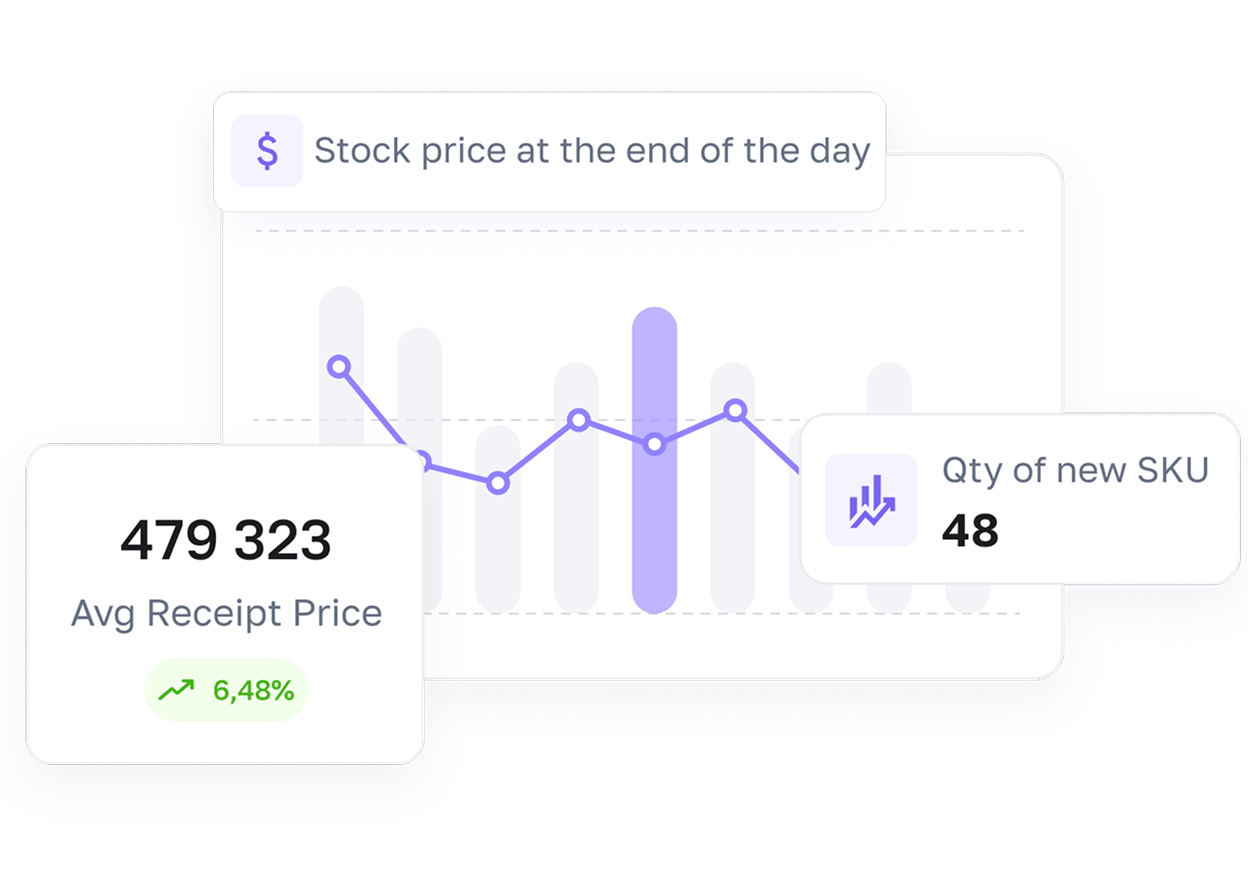
Дані, яким можна довіряти — старт ефективної оптимізації запасів у ритейлі

Оперативне реагування на зміни попиту
Завдяки детальним звітам про продажі та запаси ритейлери можуть швидше виявляти зміни в попиті. Це забезпечує проактивне управління асортиментом та зменшує ризики помилок.

Зменшення впливу затримок у ланцюгах постачання
Прозорість у запасах, швидкість обігу товару та ефективність постачальників дозволяють компаніям швидко виявляти ризики та перерозподіляти товари туди, де вони потрібні.

Сезонне планування асортименту
На основі аналізу минулих продажів по конкретних товарах і магазинах бізнес формує сезонний асортимент з більшою точністю. Це дозволяє забезпечувати попит у пікові періоди.

Відповідність актуальному попиту покупців
Звіти, засновані на фактичній купівельній поведінці, дають ритейлерам змогу краще розуміти, що саме обирають різні сегменти клієнтів.

Локальний асортимент у магазині
Завдяки звітам, що показують ефективність за типами магазинів, регіонами або форматами, ритейлери можуть точніше налаштовувати асортимент під локальні особливості.

Оптимізація ресурсів команди
Якісна аналітика дозволяє командам зосередитись на ключових рішеннях, що визначають прибутковість, наповнення полиць і задоволеність покупців.
Щоденні звіти, що підсилюють ефективність ритейлерів
Від проблем до рішень — аналітика для ритейлу
Datawiz — єдина система для ваших ритейл-рішень
Єдина BI-система для ритейлу
Всі ключові метрики зібрані у одній системі: аналіз продажів, оптимізація асортименту або kpi звіти. Зручність для команд та повний контроль для прийняття швидких рішень.
Точне прогнозування на основі реальних даних
Описова аналітика допомагає приймати рішення впевнено та на основі фактів, а не інтуїції. Вчасно виявляйте зміни в поведінці покупців і використовуйте ці знання, щоб зберігати та збільшувати продажі.
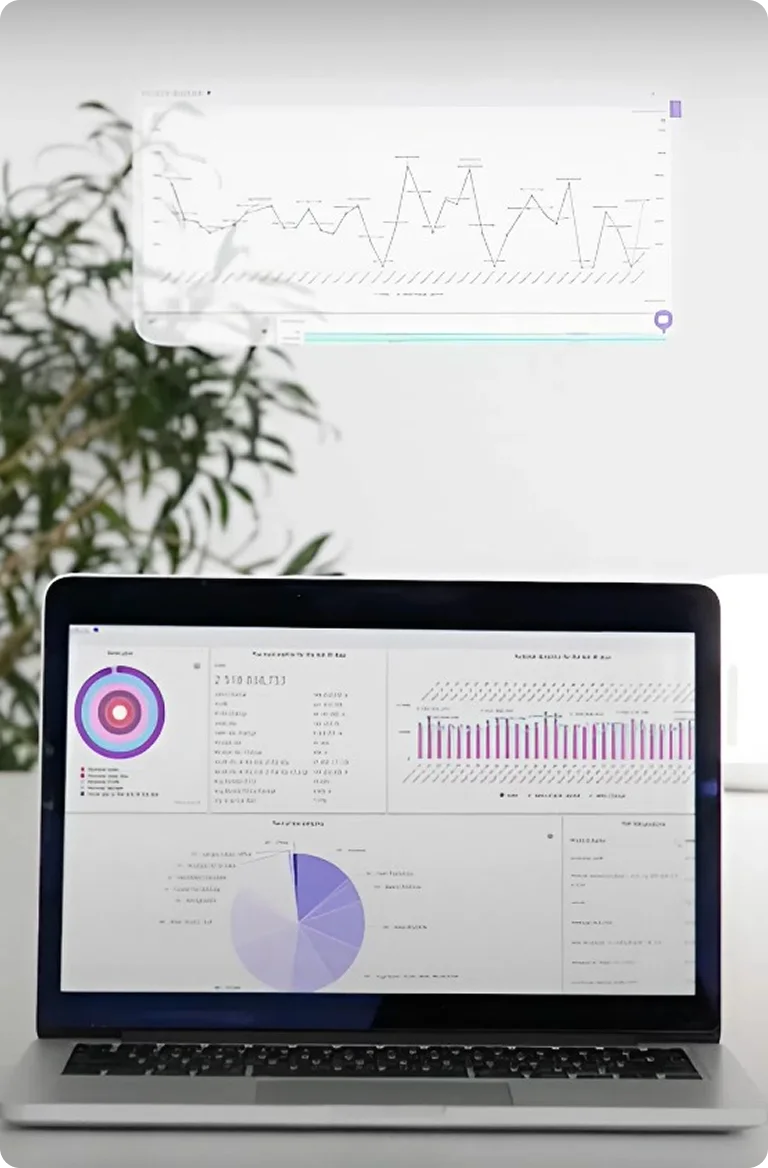
Контроль на рівні магазину-товару
Datawiz дає змогу деталізувати показники за магазином, категорією або менеджером. Ви бачите локальні проблеми вчасно, реагуєте швидко та підтримуєте регіональні команди на основі якісних даних.
Зрозуміла аналітика
Зручний інтерфейс, підказки в системі та підтримка в чаті допомагають команді швидко стартувати. Вам не потрібні додаткові спеціалісти для швидкого старту та перших результатів.
Q&A
Звіти з продажів та залишків дають готові інсайти замість «сирих» даних. Категорійним менеджерам більше не потрібно вручну аналізувати рівні запасів, роботу постачальників чи швидкість обігу товарів. Використовуючи інструменти оптимізації товарних запасів у ритейлі, вони можуть зосередитися на стратегічних рішеннях, що безпосередньо впливають на планування асортименту, прибутковість і задоволеність клієнтів.
Так. Звіти можна фільтрувати за типом магазину, регіоном чи навіть на рівні окремих SKU. Така гнучкість допомагає ритейлерам адаптувати асортимент до змінного попиту клієнтів, балансувати запаси між магазинами та мінімізувати як stock outs, так і надлишкові запаси — без ускладнення щоденних операцій.
Звіти, такі як Stock Monitoring і Supplier Analysis, дозволяють виявляти ризики ще до того, як полиці залишаться порожніми. Відстежуючи тренди продажів, збої в ланцюгах постачання та розбіжності між обліковими і фактичними запасами, менеджери отримують завчасну видимість можливих проблем. Це дає змогу планувати поповнення заздалегідь і знижувати втрати продажів через stock outs.
Категорійні менеджери – для оптимізації асортименту, контролю SKU та покращення обігу товарів. Команди постачання – для виявлення збоїв, управління дисбалансом запасів і точного планування поповнень. Менеджери магазинів – для контролю роботи конкретного магазину, зменшення інвентарних розбіжностей і кращої відповідності локальному попиту. Власники та керівники – для отримання цілісної картини продажів, прибутковості та надійності постачальників у всьому ритейл-ланцюзі для стратегічних рішень.
 Що нового?
Що нового?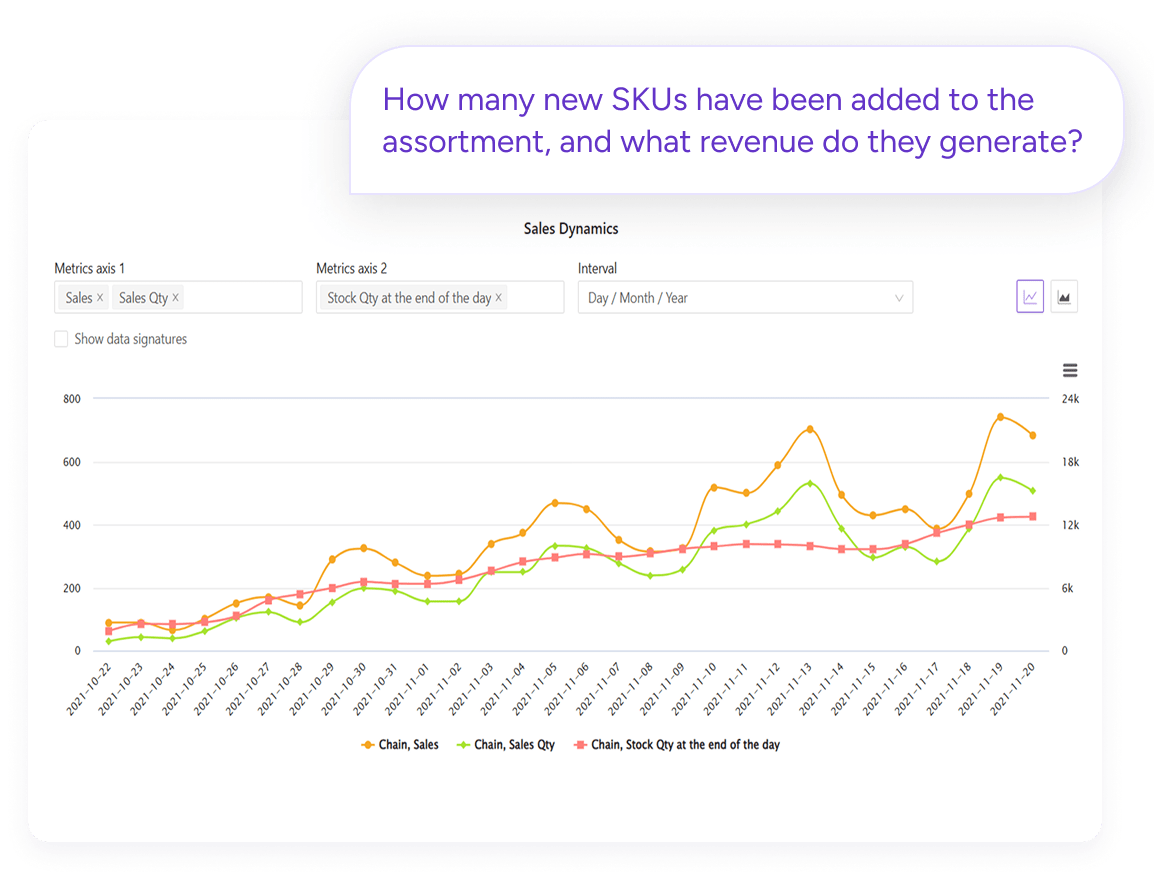
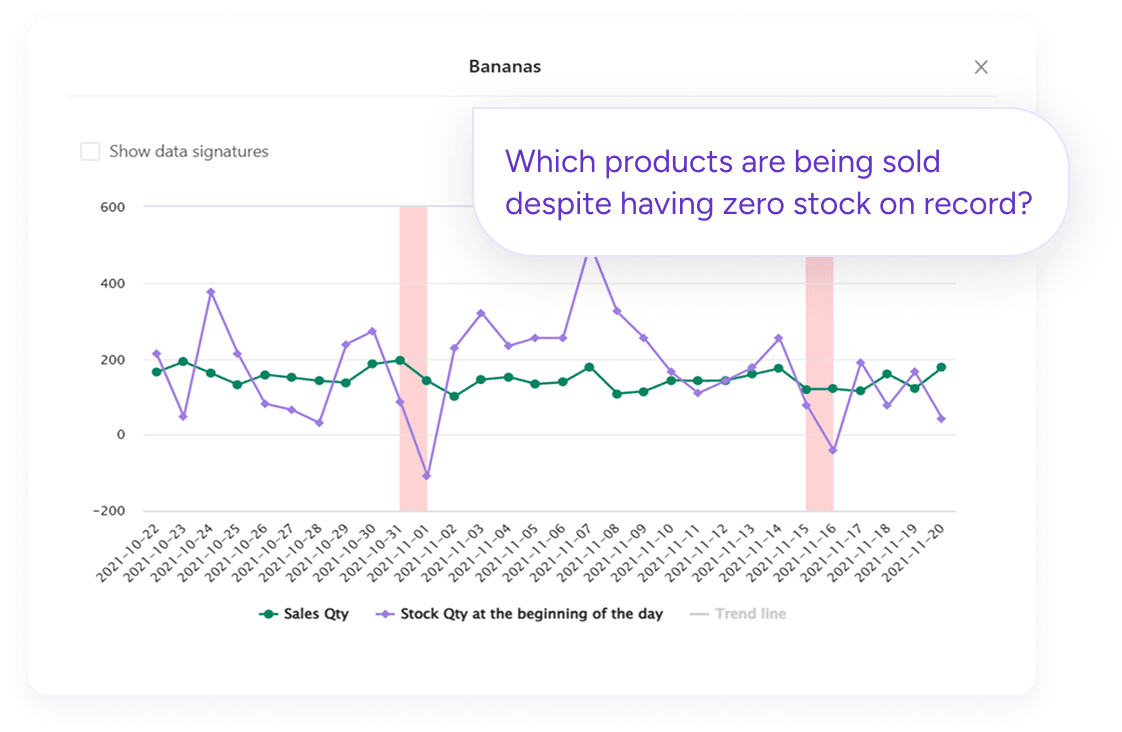
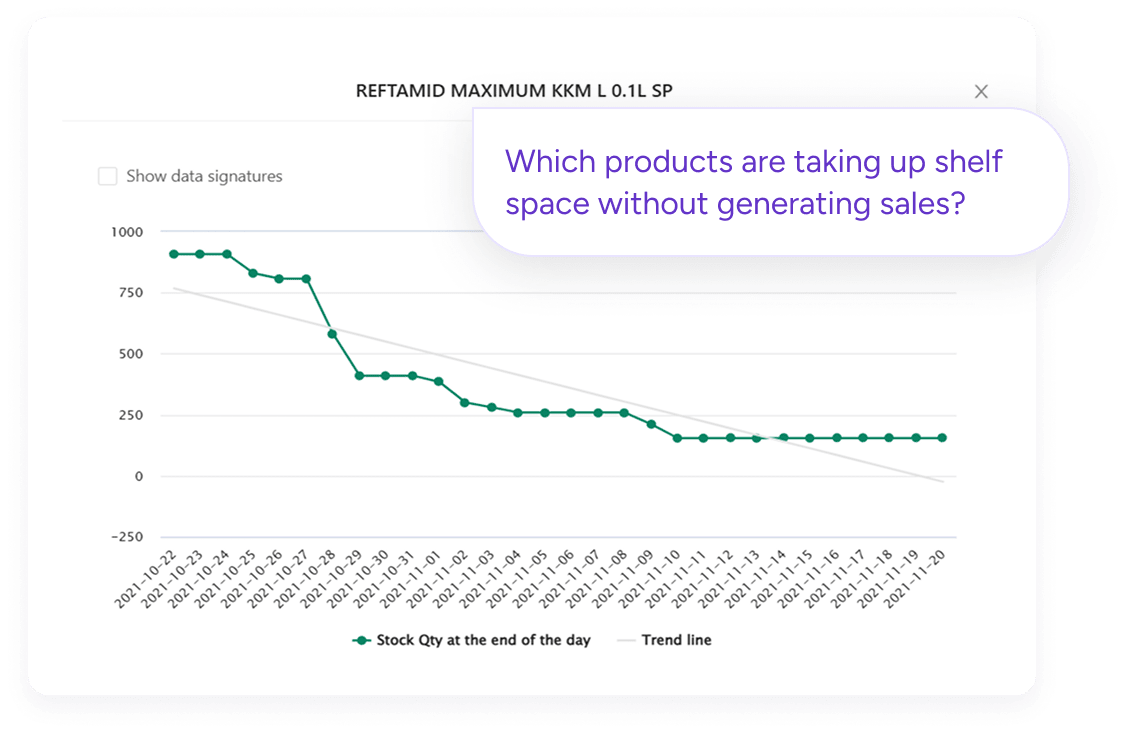





 Банківська карта не потрібна!
Банківська карта не потрібна!